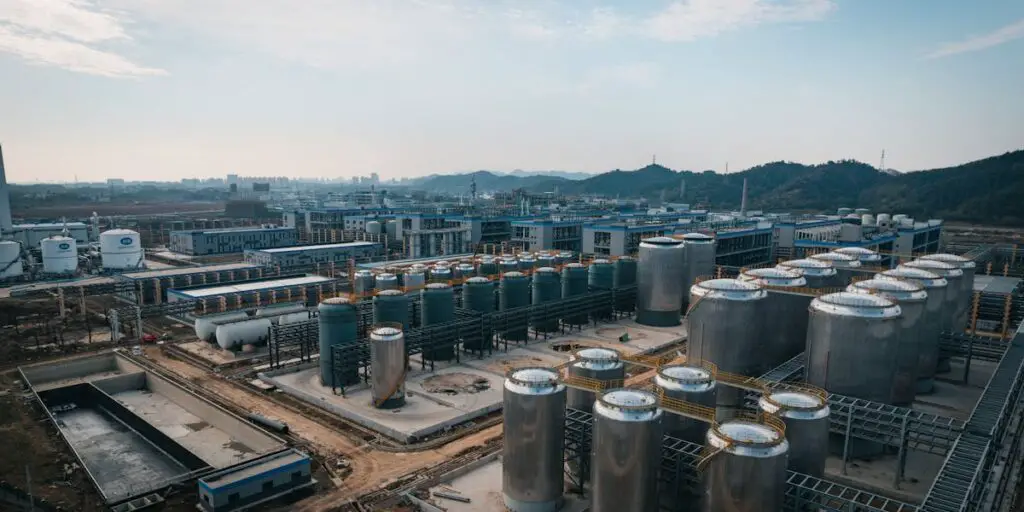Indian Foreign Policy Has Undergone Many Changes Since Its Beginning; Identify the Major Changes in the Last 10 Years.
Indian foreign policy has evolved significantly over the last decade, reflecting shifts in global power dynamics, economic priorities, and security concerns. While India’s core principles—non-alignment, strategic autonomy, and peaceful coexistence—remain intact, its diplomatic engagements have become more pragmatic, assertive, and globalized. The period from 2014 to 2024 has witnessed several key transformations in India’s approach […]










